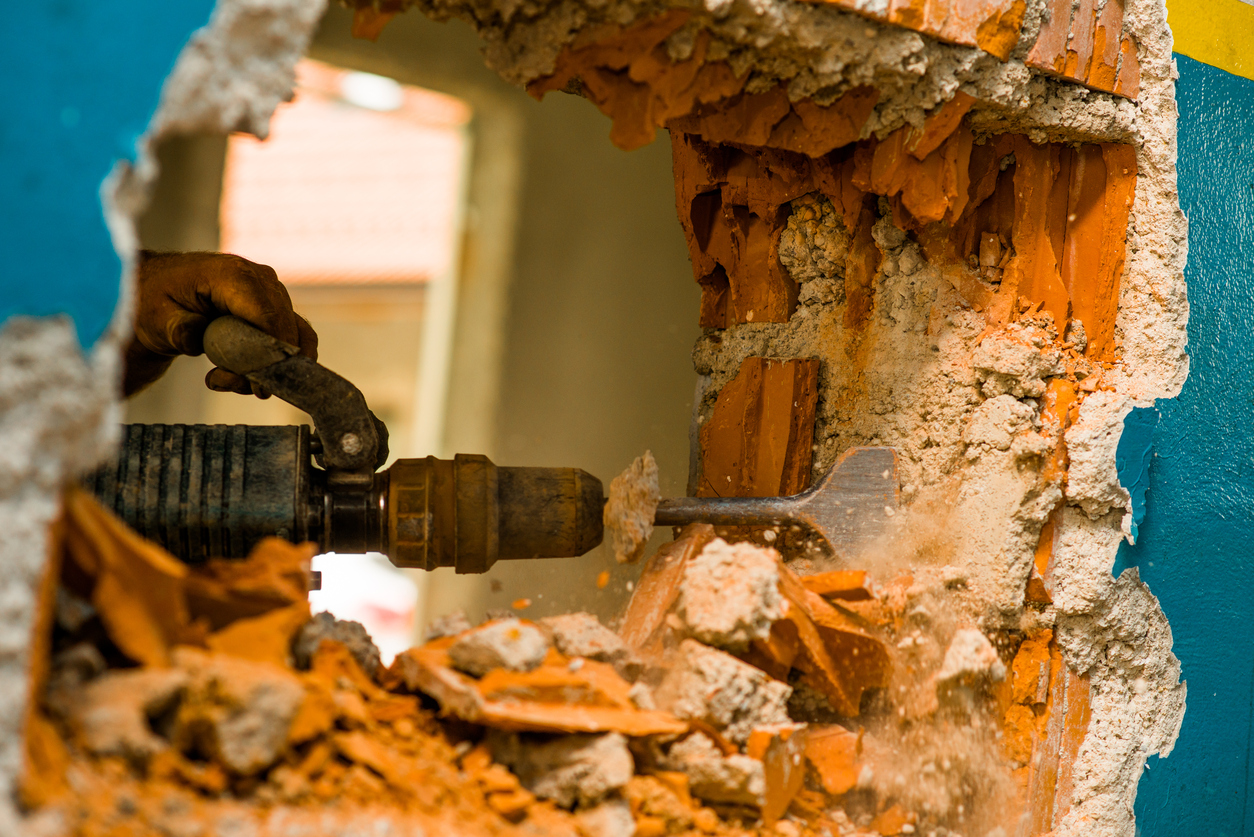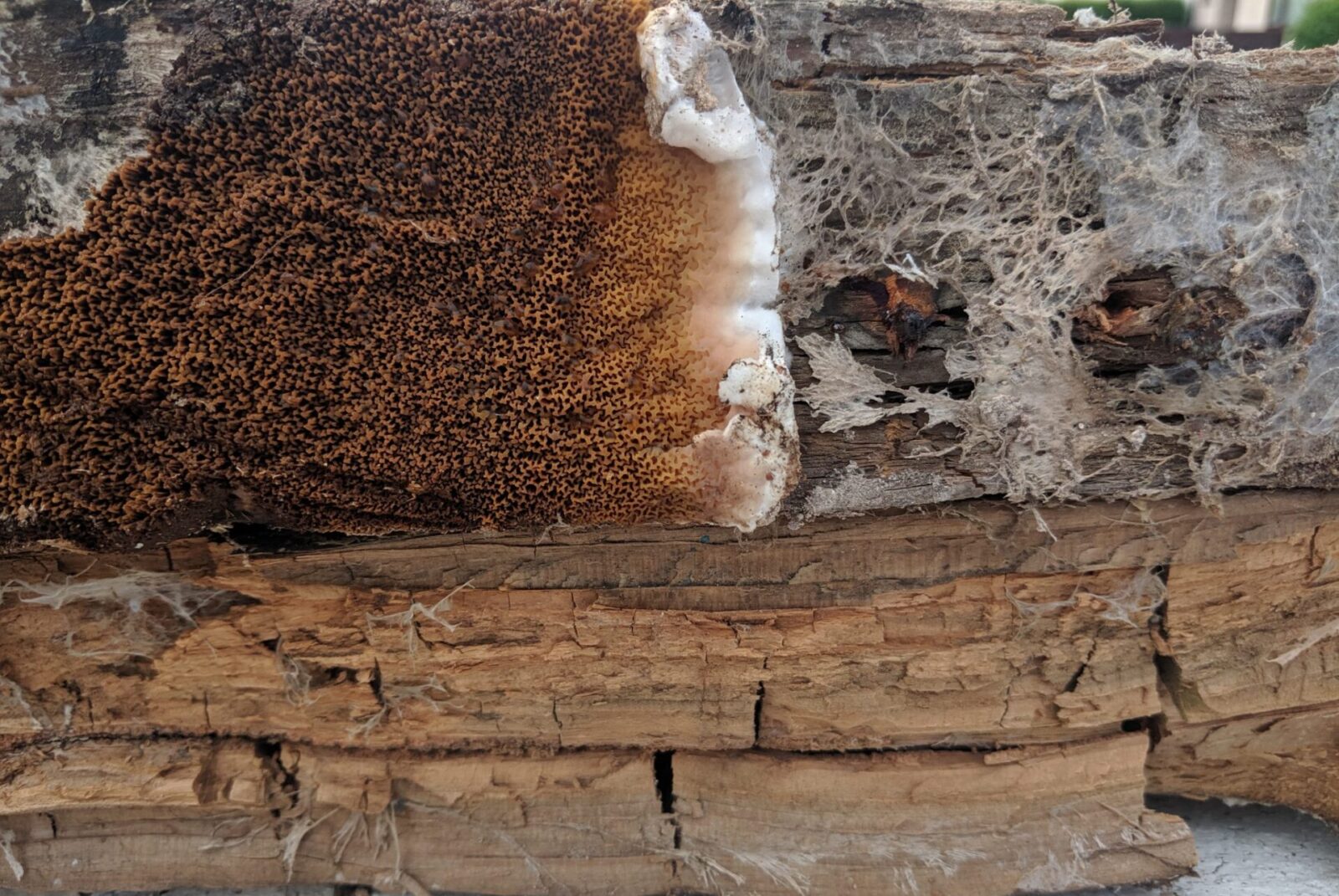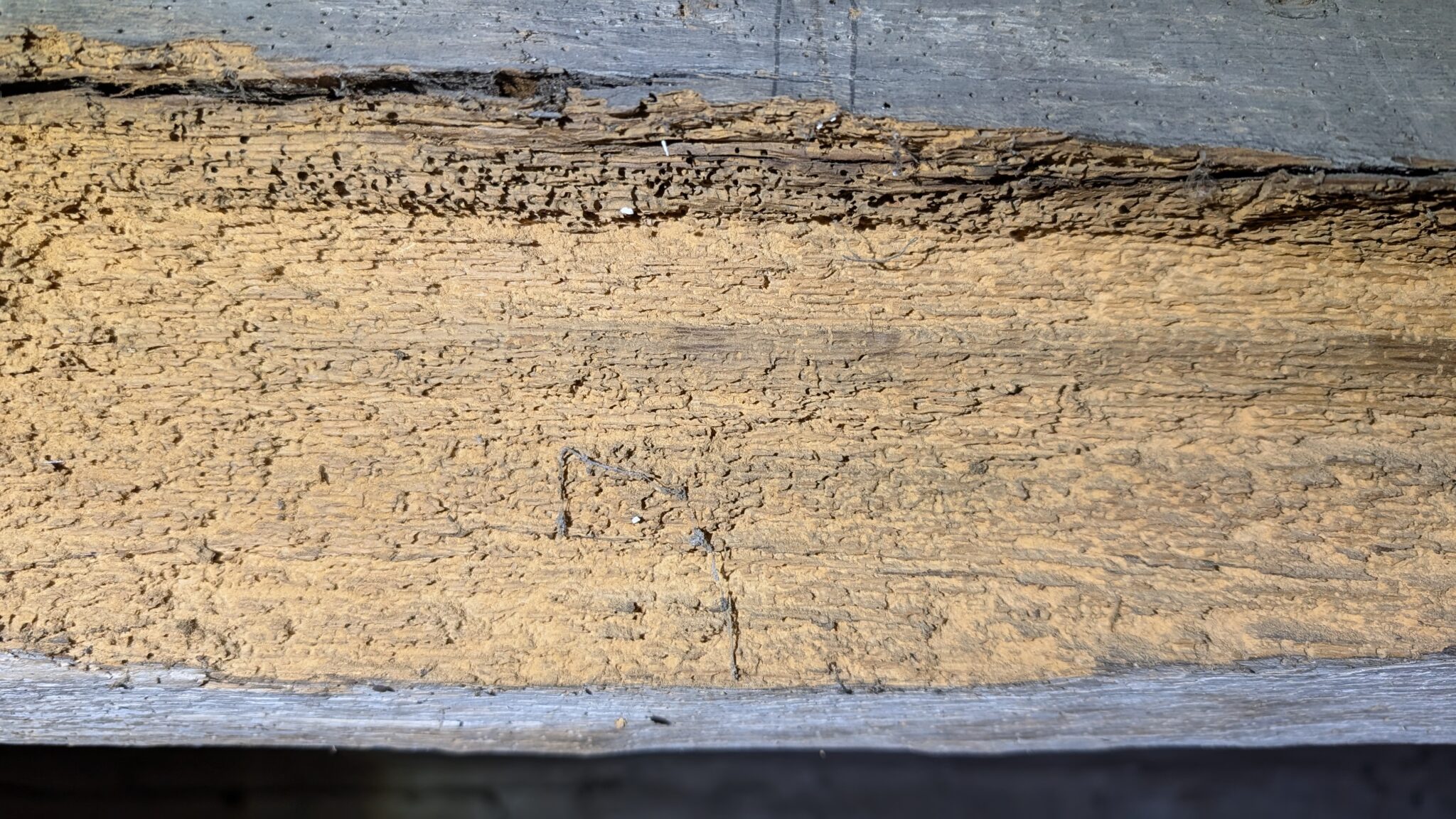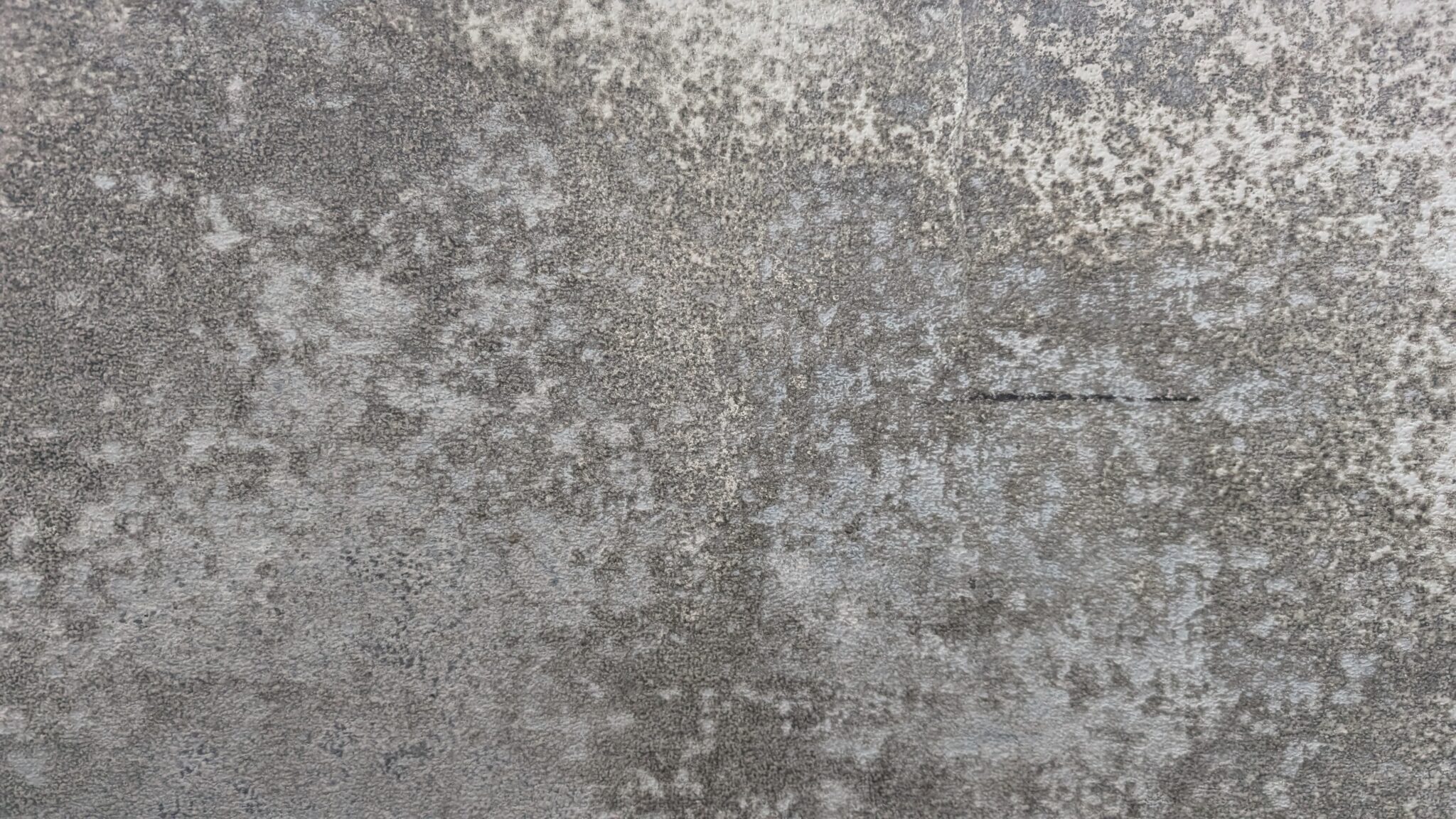Rising Damp Treatment Company
Damp proofing, rising damp diagnosis, survey and report, damp proof course, damp specialists.

We are a specialist company in rising damp treatment and diagnosis. Rising damp treatment can be very costly, so you need to have your damp walls checked properly before you carry out any proofing or install a new chemical damp proof course. This page will tell you all there is to know about rising damp treatment, what’s involved, if it’s necessary and how much it costs to treat rising damp.
To fix your rising damp problem you will need professional advice from a rising damp expert or damp surveyor.
Treating rising dampness is a complicated process and can be very costly. This is why you should always have a specialist rising damp survey carried out by a professional and always pay for the survey. A typical damp survey will cost you around £190-£490 depending on the size of the property and what we need to check.
Dealing with rising damp – firstly it’s worth checking whether your home already has a physical damp-proof course in place. You can locate this by looking for a black line between the mortar joists at low level. This is usually a slate, bitumen or a plastic membrane and this prevents water from the ground rising up into the lower walls of your home.
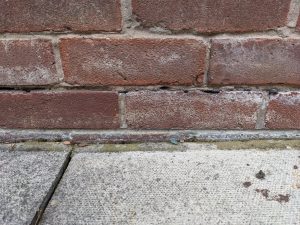
DID YOU KNOW? most houses built after 1875 and some even earlier will have a physical damp proof course. In 1875 regulations came into force making a damp-proof compulsory when building a new home. You’ll need to have a damp expert carry out a survey to determine if you have a damp-proof course or not.
Please don’t let one of these damp proof treatment contractors install a new chemical damp proof course without getting a specialist damp survey carried out first. Visit our damp proof course myth page and you’ll see how many people fall for these damp proofing cons and waste money.
If you have a physical damp proof course in your home and are still suffering from damp walls. We highly recommend having a specialist damp survey carried out before installing a new damp-proof course or removing the plaster. A lot of the time damp walls are down to salts, condensation or bridging.
What is Rising Damp?

Rising damp is known as the upward movement of moisture through walls by capillary action. The moisture rises up from the ground and penetrates through the substrate into the building structure. The height of rising damp is down to the size of the pours within the building materials and the amount of moisture present.
Rising damp is one of the biggest cons and money-making schemes in the UK. Large damp proofing companies recommend rising damp treatment daily just to make easy money. The actual root cause of the damp problem is never diagnosed correctly as the “specialist damp surveyor” is just a salesman.
How to test for rising damp
 To test for rising damp in a wall you will need to contact a specialist rising damp surveyor. The surveyor will test the walls using a specialist MMS2 moisture meter. This will give the surveyor readings of how much moisture is present in certain areas and materials. This is where the knowledge of the surveyor is key. He will then be able to use these readings and some other factors to determine if the wall is suffering from rising dampness or if the issue is something else.
To test for rising damp in a wall you will need to contact a specialist rising damp surveyor. The surveyor will test the walls using a specialist MMS2 moisture meter. This will give the surveyor readings of how much moisture is present in certain areas and materials. This is where the knowledge of the surveyor is key. He will then be able to use these readings and some other factors to determine if the wall is suffering from rising dampness or if the issue is something else.
Also, with electronic readings, the damp surveyor will carry out visual observations and will be able to determine whether rising dampness is present or if the dampness is caused by another source of moisture. The independent surveyor will then recommend the correct damp proofing method for your damp problem. By getting the correct diagnosis of your damp problem you could end up saving a lot of money on unnecessary rising damp treatments.
Rising damp in your house occurs:
- Where there is no damp-proof course present (rising damp).
- Where the damp-proof course has failed, ineffective or faulty (very rare).
- Where the external ground levels are higher than the damp-proof course (bridging).
- From defective rainwater goods allowing rain to wash down and penetrate through (penetrating damp).
The signs of rising damp will be a visible tide mark on internal and external walls, in some cases, there will be some discolouration on the wall affected caused by salts that have been carried up from the ground. The salts carried up from the ground can also absorb moisture from the air causing more damage to the wall plaster.
A specialist damp survey will give you the correct diagnosis of your damp problem and provide you with a quotation for any damp treatment. We will send out one of our specialist damp surveyors to the property and he will carry out several tests on the damp walls and find the cause of the dampness before diagnosing the problem as rising damp.
Our specialist independent damp surveyor will assess the external ground levels to see if the damp proof course is being bridged, the rainwater goods for leaks or defects and drainage around the property. Once our damp surveyor has checked all these and they are in good working order, then he will suggest having a chemical damp proof course installed as a last resort to prevent rising damp.
Rising damp & what is it?
Rising damp is the movement of moisture in an upward motion through a material. Rising damp can have serious effects on the internal finish of a property. If you suspect that your property has rising damp, please seek specialist advice straight away.
Be very careful who you get out to look at the damp problem. There are many companies out there that misdiagnose rising damp daily. Also, a lot of damp proofing companies will send out a surveyor on commission to look for work. These damp companies usually carry out cheap or free damp surveys. You won’t get a full mortgage report or a full explanation of the damp problem either.
Always pay for a survey! Damp companies offering a free damp survey or damp report will always look to make money by recommending unnecessary damp proof treatment. Just like a new chemical damp-proof course.
- Does your home have rising damp?
- Do you have wet walls?
- Do you have staining on your walls?
- Do you have mould growth?
- Is your wallpaper peeling off?
Free damp survey. This might sound good, but in the long run, a free damp proof survey can end up costing you thousands of pounds on unnecessary damp proofing treatments. No one in this world works for free, so how do these companies make money? By selling you are a product such as a chemical damp proof course injection. When we carry out a survey we don’t look for work, we look to correctly diagnose any damp problem. We charge a small fee for our surveys. But our surveyors don’t look for work, if there is nothing wrong with the property our surveyors will state this in the report.
If treatment is necessary, our survey fee will always be deducted from the final invoice if treatment is carried out by our company. This will give you peace of mind when buying a property, selling a property, renting a property or looking to get a damp problem fixed in your own home.
Most people will look at these issues and think they have rising dampness. Just because your walls look wet or there is mould growth, doesn’t mean you have rising damp. The issue could be many things, such as bridging of the original damp proof course, high external ground levels, defective rainwater goods and many more.
The most common cause of dampness in a home is condensation. Condensation can occur when a property has insufficient ventilation. Condensation will fill the property and black mould will start to appear in corners, behind furniture, on cold outside walls and on any other cold surface.
If you do have rising damp then, unfortunately, some remedial work will need to be carried out. If you have eliminated all sources of moisture and the issue is 100% rising damp, you’ll need to install a new chemical damp-proof course. As rising dampness brings up salts, you will also need to remove the contaminated wall plaster and replace it with a waterproof sand and cement mix. Before the plastering is carried out you’ll need to apply a number of coats of salt neutraliser. This will help prevent salts are affecting the new plaster.
There are many new damp-proofing methods out there now. You have the cream damp proof course method, new tanking methods, membrane systems, chemical-free methods and many more. The method you use to rectify your damp problem is down to what sort of dampness you are suffering from.
How much does rising damp treatment cost?
Rising damp treatment can be costly and a dusty job. These are some examples of the cost to treat rising damp so you don’t end up spending more than you should.
How much does it cost to treat rising damp?
Damp proof course – Firstly it depends on the size of the area that needs treatment. A general guideline for someone treating rising damp, expect to pay around £50-£100 per meter for a new chemical damp proof course.
Specialist plastering – The cost of the specialist waterproof plastering will be an extra cost. For a typical 3 bedroom family home, the average cost to fully damp proof it would be around £3-4,000.
Can I treat rising damp cheaply? Yes, everything can always be done cheap. The question is, will it be done correctly? There are many builders, plasterers and maintenance guys out there who can provide a cheaper quote for the treatment but will it be carried out properly? This is why we stress to our clients that they should always have a damp contractor or specialist carry out the treatment.

